How Bundaberg is preparing for its population growth
Schools, houses, services and traffic congestion are all issues facing the region as its population continues to rise. Community leaders explain how they are preparing, and what needs to happen.
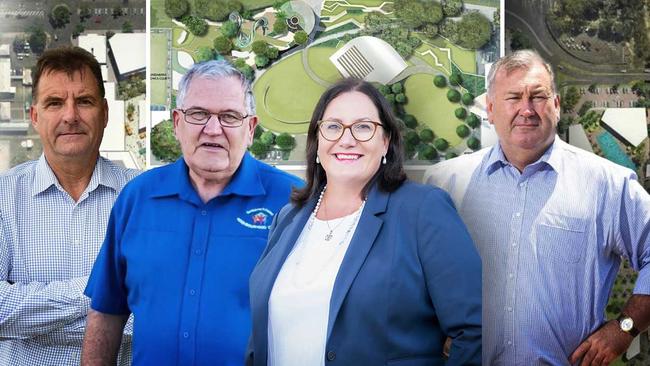
Community News
Don't miss out on the headlines from Community News. Followed categories will be added to My News.
The Bundaberg region is expected to grow by 13.96 per cent within the next two decades, with more than 13,000 new residents expected to move here.
While this number represents a slower climb than the 11 per cent growth of the past decade, many parts of Bundaberg are struggling under recent population growth triggered by interstate travellers relocating during the Covid pandemic.
In July, 2022, Ainsley Driver of McGrath Real Estate said the affordability of the region drew people in with prices-for-quality preferable to the southern coast.
“The demand for affordable homes in the past two-and-a-half years to three years has been the highest we’ve seen in the last 20 years for the Bundaberg area,” he said at the time.
For houses alone, this triggered an average weekly rental increase of 20 per cent for the Bundaberg region, or $77.97 between February 2022 and February 2023 as previous rentals were swooped off the market.
Rent won’t be the only victim of the population increase, with speculative housing costs expected to rise from the average price of $450,000 in 2023 to $1.162 million by 2040.
This rent increase, compounded by a shortage of homes for rent only worsened the region’s ongoing housing crisis.
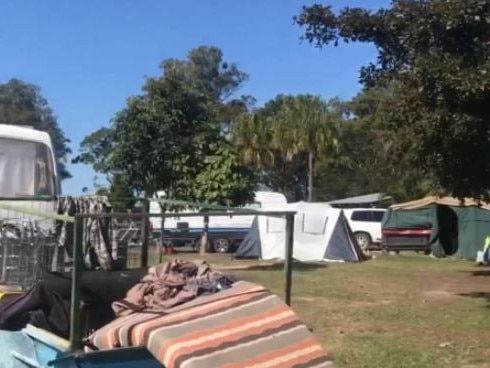
While the state government has promised 60 new social housing homes for Walkervale, community leaders are concerned.
Bundaberg and District Neighbourhood Centre manager Corrie McColl said service shortages were already having an impact on the region.
“During the past two years we have seen an increase in the number of people seeking emergency relief and support,” he said.
“The need has primarily been in the areas of accommodation, basic food, fuel to travel to work and appointments, and medical scripts.”
Rental increases have also added to the struggle of many who were already scraping by.
“Increased rent has played a large part in causing financial stress for people,” Mr McColl said.
He said the region needed more short term and long term housing options and a new high school at Bargara.
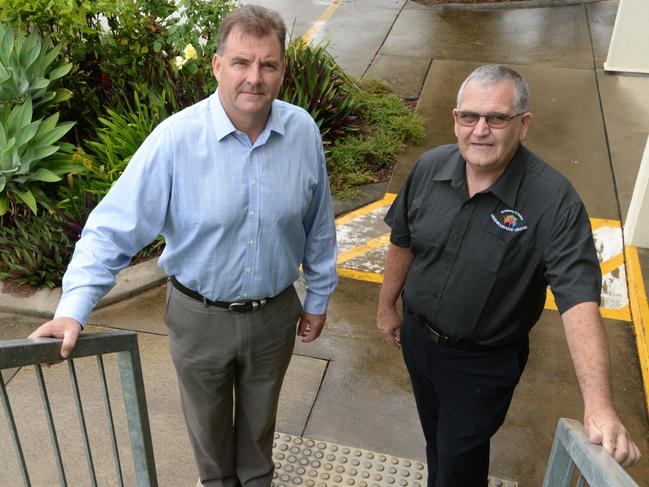
Burnett LNP MP Stephen Bennett asked Education Minister Grace Grace during a recent Question Time about the very same issue.
“Kepnock State High School has sufficient spare capacity to meet forecast enrolment demand in the short, medium and long-term in the Burnett Heads to Elliott Heads area,” was the response.
“The department has not identified the need for a new state high school in Bargara.”
The NewsMail reached out to the Department of Education with its own inquiries into the future of education in the region, and while it said there was no plans to build a new school in the region, development works were being started.
Kepnock State High School will receive a new IT and development building, and Gin Gin State High School a new admin building, a department spokesperson said.
While enrolment numbers were down for the coastal catchments, private schools such as St Luke’s Anglican College were experiencing significant student growth.
Since 2019, their enrolments had grown by 199 students and principal Virginia Warner is already working on managing future growth.
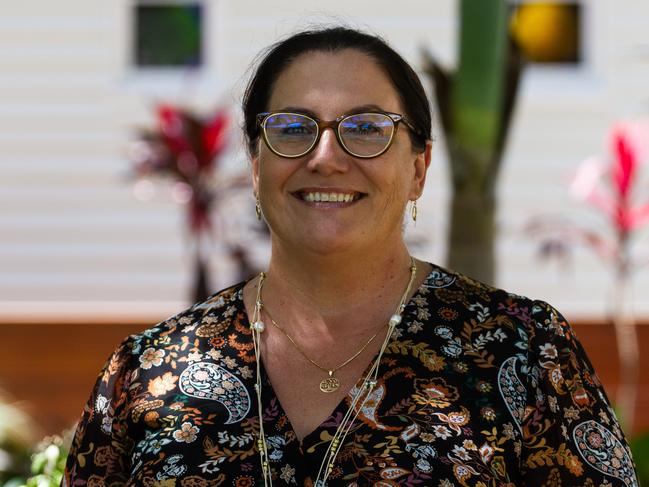
“The school is currently implementing the Built Environment Master Plan with our Performance Centre due for completion in August and the next stage of building, our Upper Primary Precinct, commencing in July 2023,” she said.
However, Mrs Warner said if the school was to grow by an additional 14 per cent, it “would look at extending facilities, student-to-staff ratios as well as class sizes and the financial impact of the growth”.
More students means more teachers and while the state government is offering a range of attractive incentives to encourage people into the industry the teacher shortage continues.
Mr McColl said the teacher shortage mirrored the healthcare crisis.
“We will need more doctors, specifically, general practitioners,” he said.
“Either way, there would also be a requirement to increase access to disability services and medical needs.”
The new Bundaberg hospital planned for 2027 is expected to lighten the load.
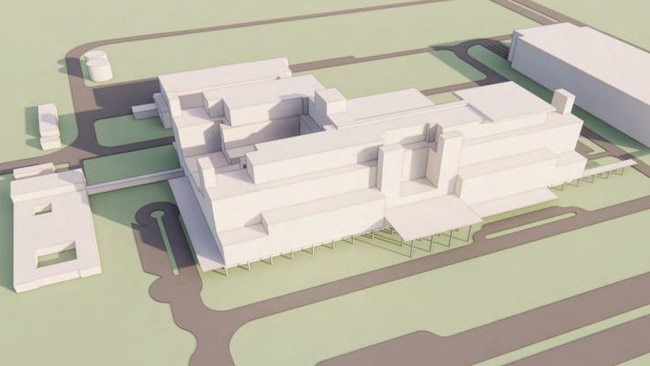
Mayor Jack Dempsey said the region’s economic growth had gone from -3 to 7.1 per cent in the past six years, the second highest in the state.
He said the council had begun preparing for future growth with investments in improving and adding to the existing sewerage system and a 2023/2024 budget investment of $33,173,499 for local roads.




